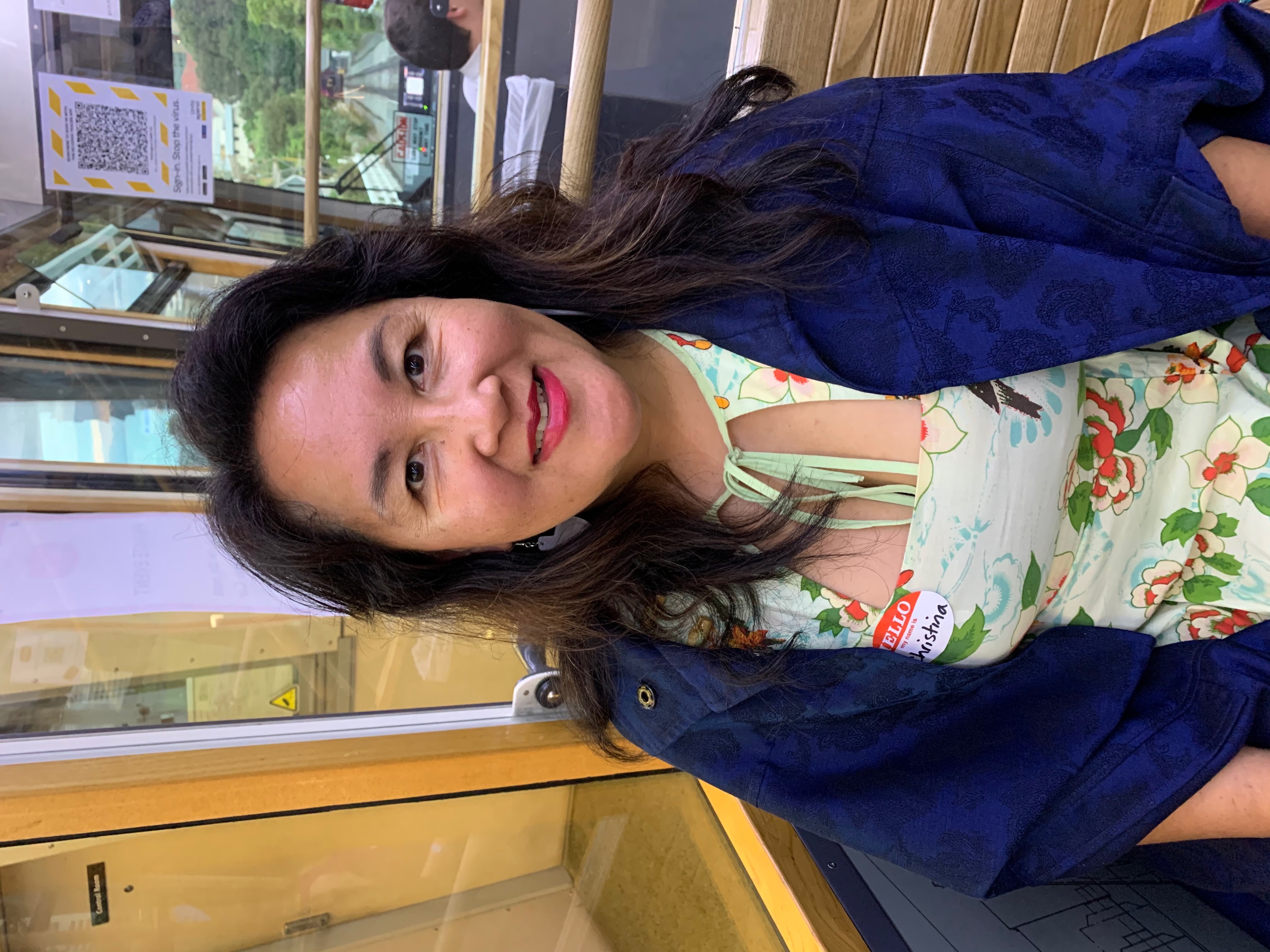 By Christina Tay
By Christina TayDirector of Services - Restorative Resolution
Over the past few years, I have been thinking thematically about the tension between being dependable as a organizational ombuds and the unintended consequence of dependency developing with a user of the service. In a previous role, I had attended a potential client’s senior leadership team meeting with our organization's business development manager and we were attending to promote the value and benefit of providing ombuds services. One of the senior leaders asked “What do you do if one of the staff becomes dependent on you as a practitioner or the service you are here to promote”? As we had a very limited amount of allocated time I responded “One of our key roles as a practitioner is to empower individuals through the sharing of knowledge and tools to move towards being able to manage the situations they are experiencing.” It has been a few years since that question was posited and it is a topic that I have continued to consider.
One of the senior leaders asked “What do you do if one of the staff becomes dependent on you as a practitioner or the service you are here to promote”?
In a past role, I was working in an organization that employed a few thousand employees. One of the requirements of the role was to continue to promote the service to the widest possible audience across the organization. I started to observe that once some users of the service connected with the ombuds they were inclined to return for multiple individual sessions and while the subject may have slightly changed between sessions it did raise thoughts about the possibility of dependency. On one hand, I see the absolute value of providing as much support as an individual requires but this has to be balanced against ensuring that there is sufficient time and energy available to an expanded base of users.
In our line of work, a ombuds applies oneself in building trust and rapport with a user of the service by applying skills such as active listening, respectful questioning and a sharing of knowledge and while these are all professional skills and abilities we also offer kindness, care and understanding. One of the themes that I observed in the past 12 months was the number of people presenting with long COVID. One of the biggest challenges for them was not feeling supported by their workplace manager who may not have experienced COVID and definitely not have experienced long COVID. The sense of frustration from not being able to participate at full energy levels combined with the ever present expectation of attending online meetings if they were not able to go into the office. It was in this scenario that I started to observe some level of dependency present. The longer that a user of the service experienced the health complications and challenges of long COVID, the more they required a safe sounding board to share their frustrations and concerns. There was a fine balance of ensuring that the service was available to offer independent, informal, impartial support balanced with empowering users of the service through the sharing of skills and knowledge to move strategically into their future.
In our roles as organization ombuds we have to take a wide lens view of supportive and complimentary services that are available across the organizations that we work in. I often get asked by organizations how an organizational ombuds differs from a workplace counsellor. I explain that an organizational ombuds offers skills and knowledge to address workplace conflict and disputes and that provides a point of difference. While we do take the time to allow users of the service to go over historical experiences, the focus tends to be on the immediate past as it relates to the workplace conflict and dispute. I always add that I see the services as complimentary rather than competing and that some individuals require access to both services so it is ‘and’ rather than ‘or’.
As organizational ombuds we are guided by the principles of confidentiality, impartiality, informality and independence. These principles empower organizational ombuds to work in a way that allows us to focus on the user of the service and what they need to feel acknowledged and supported. The wider responsibility and expectation of an organizational ombuds is to balance the immediate role with the performance of the office. Like all departments and offices across an organization we have to continue to show value and benefit which may include being able to demonstrate a year on year increase in users of the service. Aside from capturing static numbers we must also demonstrate themes which could include the volume of use by a particular department. It is through the reporting that questions can arise why a certain department appears to be ‘dependent’ on the service whereby another department may not be accessing the service at all and moreover, what is being done to ensure that the service is being well socialized to encourage use. As a responsible organizational ombuds, I keep my wider role responsibility in my mind at all times but what is most important is the level of service that is offered to each individual who requires support, understanding, skills, tools and care to allow them to continue to function in their role. In my humble opinion, provided the user of the service is continuing to move forward and continuing to grow in terms of knowledge and skills then the door shall remain open to allow them to continue to access a service I know is helping to support individuals based on the guiding principles set out by the International Ombuds Association. We each have a responsibility to inform those that fund the position of organizational ombuds that the service is worthy and yes, from time to time it is possible that a user to a service may tend towards dependency but that isn’t necessarily an infliction. If through accessing an organizational ombuds service on a number of occasions an employee was able to resolve workplace conflict and disputes and made the decision to remain in the organization rather than leave and taking with them a depth of knowledge, then that demonstrates the value of the service.
